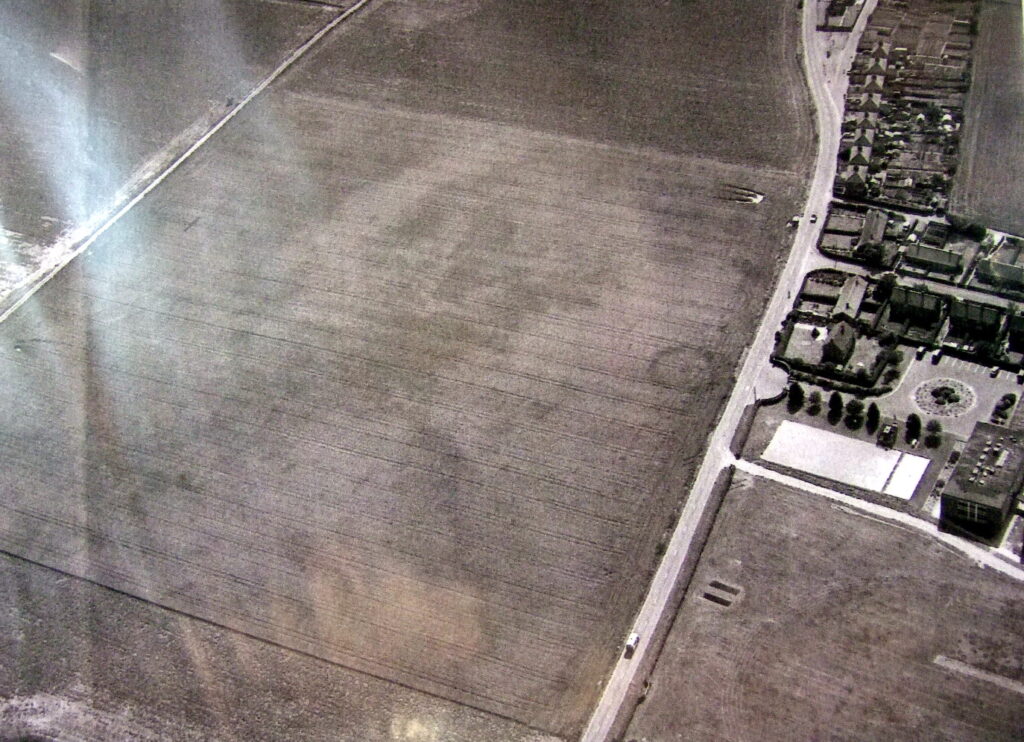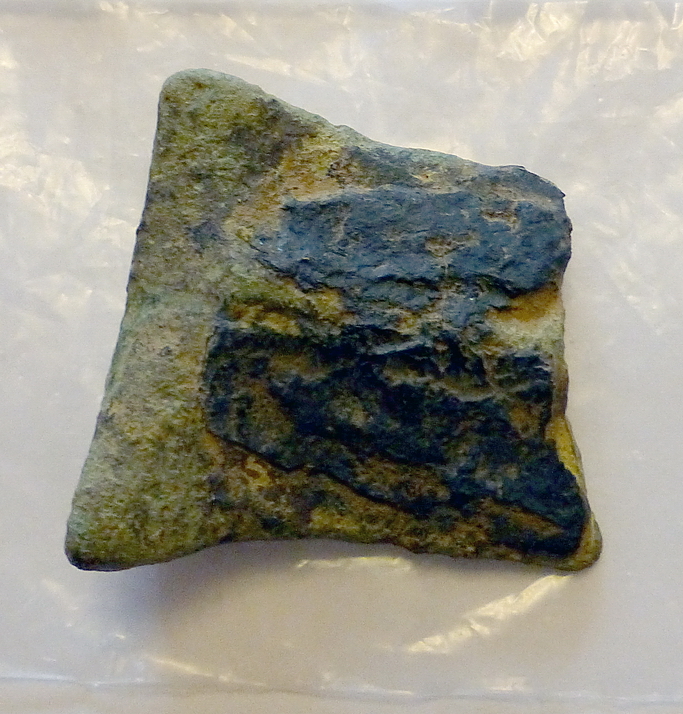Bronze Age Martham
Around 2,600 BC to 700 BC
The term Bronze Age is used to describe the period in prehistory when people were using weapons and tools made out of bronze. Bronze is an alloy of copper and tin. In order to produce bronze tools tin had to be traded over long distances from areas such as Cornwall. Copper was mined in Britain at places like the Great Orme mine in North Wales. There are no natural resources of copper or tin in East Anglia and therefore the bronze objects, or the raw material to make them must have been imported from elsewhere.

Very little is known of settlements in the Bronze Age. It is thought that people were living in small farmsteads, where a wooden palisade surrounded a few thatched roundhouses. Around these settlements the landscape was effectively managed and field systems were used for arable farming and the grazing of domestic animals.
The development of mixed land management (arable and pastoral farming), the use of horses and wheeled vehicles and the transition to a more hierarchical society with power held by a few people within a larger group were some of the significant changes during the Bronze Age.
There is evidence within the village of Bronze Age activity. Round barrow burial mounds have been identified across the landscape. One such round barrow is centred to the south of Somerton Road approximately opposite Flegg High School – see photo opposite. Cropmarks indicate a group of six ring ditches in the same area and another possible Bronze Age round barrow is located on the Martham/Somerton boarder near to Blood Hills. There are also cropmark indications of a second multi-period field system, including some of possible Bronze Age date, to the north east of Hemsby area.

The ground works preparation for the extension of the playing field off Rollesby Road showed up cropmarks of a small Bronze Age settlement with an enclosure, field boundaries and trackways. The site produced Bronze Age pottery, Late Neolithic to Early Bronze Age flints and pot boilers.
Jean Chaplin has found these broken Bronze Age caldron legs in Martham.

